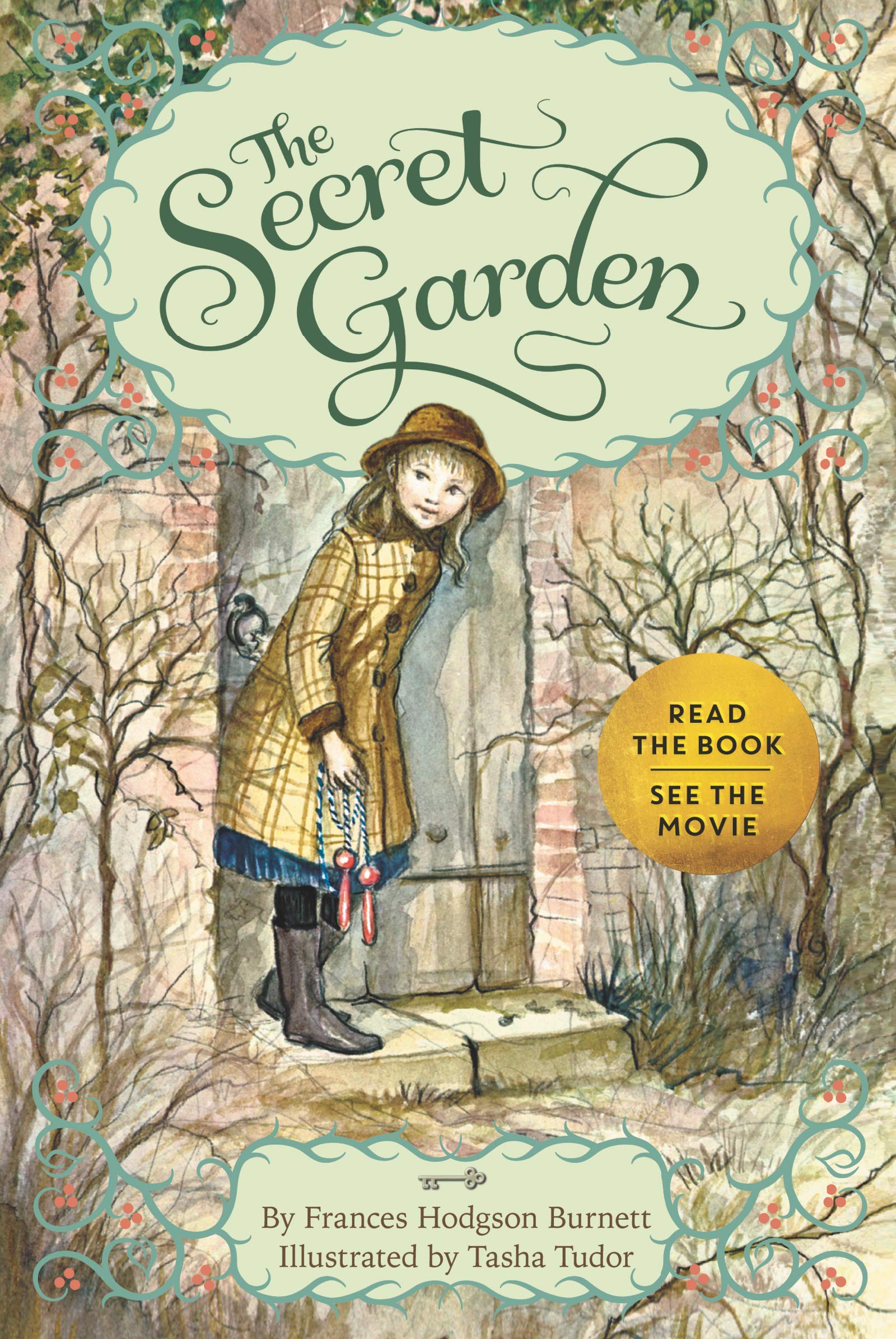

On account of our advanced visual system that helped us to survive as hunters and gatherers, a well-chosen photograph can shorten the effortful mental search process and more rapidly bring such events to mind. If they haven’t devoted much thought to it, they will have to search for the memory. They may not have realized how much it meant. Maybe your parent or grandparent lent a hand at a crucial time. While photographs can enhance recall of such events, there are other events that may not have made the hit parade, but still say a lot about us. How can we use the visual system to evoke memories? Some lifecycle events (a wedding) are automatically accessible. Photo by Patrick Boucher The best types of photos for evoking memories Those with normal visual imagery abilities engage visual areas of the brain during recollection. People who cannot engage the brain’s visual systems (due to a brain injury or a developmental condition), have impoverished recollection. The visual part of that experience is crucial. So our survival and propagation depended upon visual memory, and those imprints persist even though our hunter-gatherer days have long since passed.įew can write like Proust, but most of us can relate to that feeling of traveling back in time when recalling a particularly memorable event. This same visual information enables us to recall details such as the location of a high-value food source or the appearances of our friends and foes. Humans’ extraordinary visual capacities conferred advantages in survival as we evolved as hunters/gatherers capable of rapid, detailed, and multifaceted encoding of scenes, object identity, color, and motion. Vision is dominant among the senses in human recollection.

Proust’s rich recollection was triggered by a taste sensation, but the story it brought to mind was centered on a detailed visual image (the house, the pavilion, the garden…). When a sensory cue – such as Proust’s petit madeleine – matches something from the original experience, it can fast-track us to reactivate and assemble thoughts and images into a coherent recollection. Why are the senses – tastes, smells, textures, images, sounds, kinesthesia – so evocative of past memories? The simple answer is that successful memory involves the reinstatement of the original experience. Proust’s “Petit Madeleine” passage is commonly used to illustrate how memories are evoked by a sensory cue. "And once I had recognized the taste of the crumb of madeleine soaked in her decoction of lime-flowers which my aunt used to give me … immediately the old grey house upon the street, where her room was, rose up like the scenery of a theatre to attach itself to the little pavilion, opening on to the garden." - Proust, In Search of Lost Time (1913) The power of the senses to evoke past memories


 0 kommentar(er)
0 kommentar(er)
